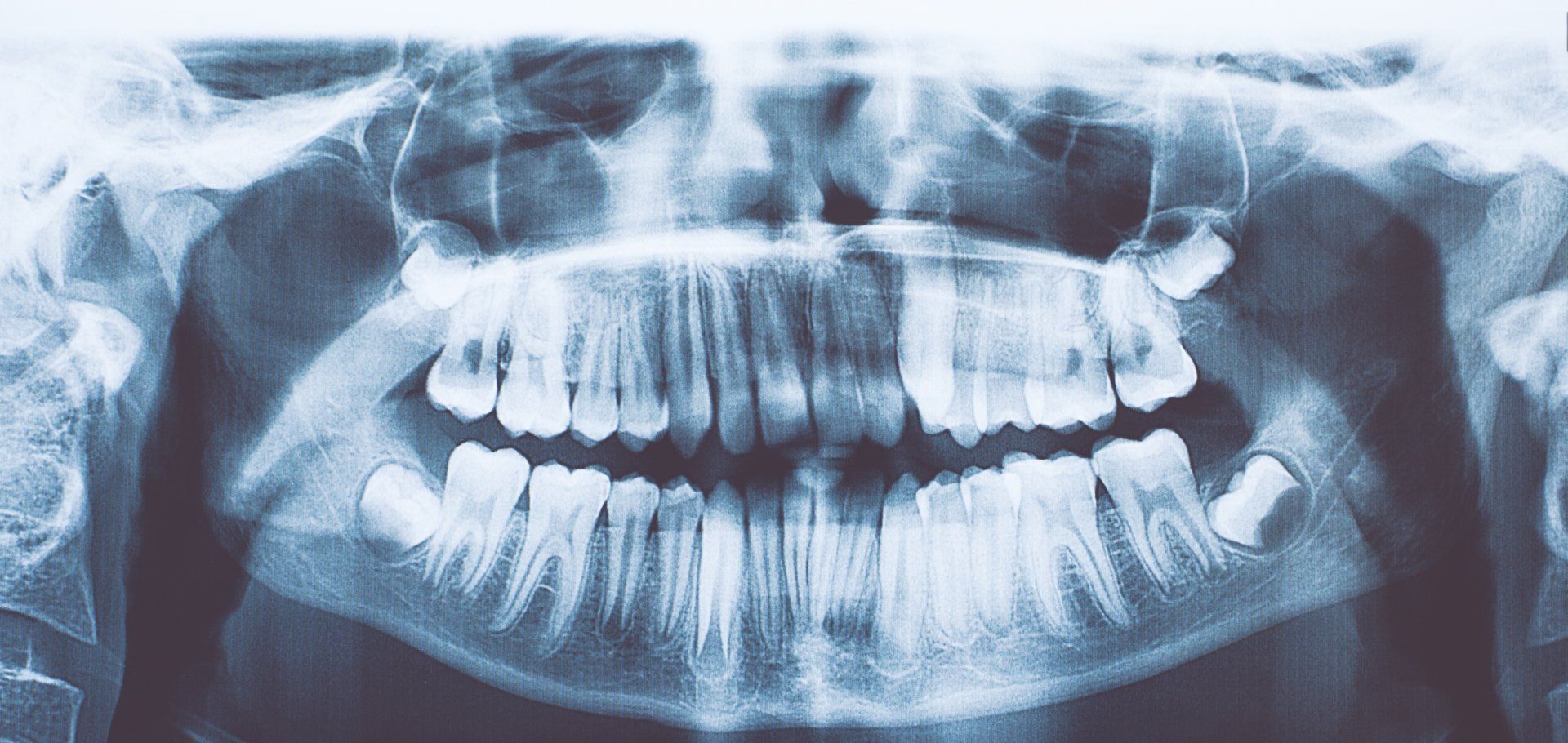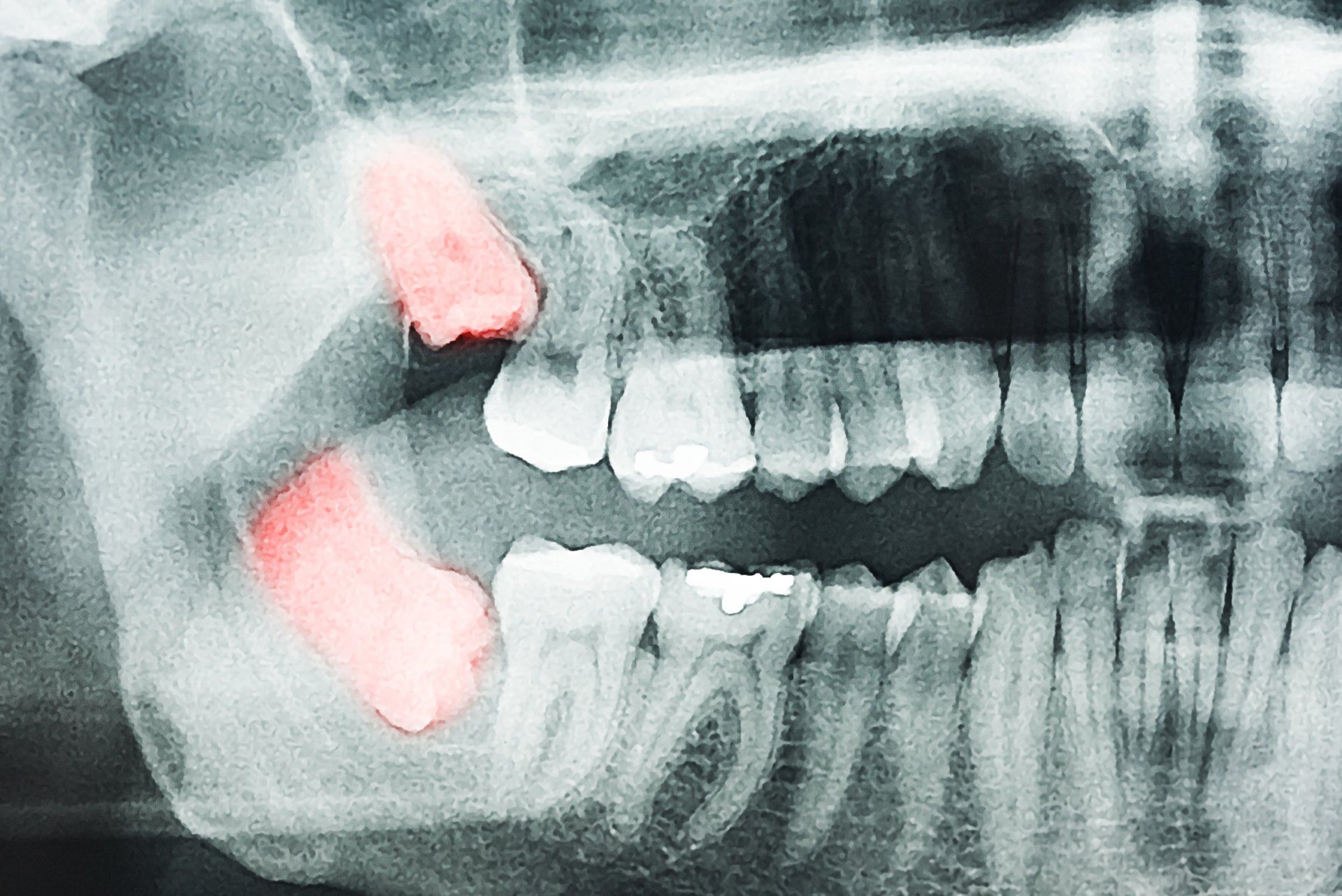Root Canal Treatment in Mississauga and Stoney Creek
Providing quality root canal treatment to relieve our patients' pain fast.
A patient needs root canal treatment when the tooth's innermost tissue, called the pulp, becomes inflamed or infected due to trauma or deep dental decay.
Oftentimes, patients will experience symptoms that indicate they need this type of dental treatment.
Do I Need a Root Canal? Signs It Is Time to See a Root Canal Dentist
One of the first questions we hear when a patient presents with pain is: Do I need a root canal? The most common root canal symptoms are:
01
Intense pain
02
Constant pain
03
Pain while chewing
04
Lingering sensitivity to temperature and sweet foods
05
Drainage
06
A white bump (abscess)
07
Tooth discoloration (it starts to turn a greyish color)
08
Jaw pain
09
Gum swelling, particularly around a painful tooth
Interestingly (and perhaps frustratingly), not all patients who need root canal treatment experience pain, which is why it is important to get regular dental check-ups so we can catch problems early.
What Is a Root Canal Treatment?
When a patient comes into our office presenting with root canal symptoms, we will take x-rays and complete an oral evaluation. Diagnostic tests help us identify which tooth, if any (because both periodontal disease and TMJ disorder can cause painful symptoms, too), needs treatment.
Common Root Canal Treatment Questions
What is a root canal? During root canal treatment, we remove the inflamed or infected pulp from the tooth.
When patients see us for this procedure, their first question is: Do they put you out for a root canal? Most patients do not need general anesthesia during their appointment. Local anesthesia is typically sufficient. However, if a patient is in excruciating pain or suffers from high dental anxiety, we can discuss how best to proceed. Some patients do well with nitrous oxide, while others prefer a stronger relaxant.
How Is a Root Canal Done?
After anesthetizing the patient, we use a dental handpiece to open the top or back of the tooth to access the pulp. Once we have reached the center of the tooth, we use small dental tools that look like mini scrub brushes to remove the pulp and clean the inside of the tooth and the root chambers.
Then, using our dental handpiece again, we will clean and shape the inside of the tooth. After disinfecting the tooth, we place a material called gutta-percha, a thermoplastic substance made from coagulated latex within the tooth's root canals.
After filling the canals, we fill the tooth with strong composite material, building it back up to support a dental crown. A crown is necessary, particularly in the case of posterior (back) teeth, to protect the tooth and add strength to the remaining tooth structure. Patients need a second appointment for crown preparation.
Throughout the root canal treatment procedure, we take x-rays to ensure the pulp has been completely removed and that the gutta-percha has filled the entire root canal. If the tooth is not filled or the pulp is not fully removed, patients can end up with an infection and post-root canal treatment pain. We want to prevent this!
Post Root Canal Facts: Root Canal Recovery Time and More
After root canal treatment, it is not uncommon to experience some soreness. Imagine it this way: When we get a sliver, the tissue around it becomes red, sore, and inflamed. Even after we remove the sliver, it takes some time for the soreness to dissipate. This can be said of root canal treatments as well.
Most of our patients report that the post-root canal pain or soreness they experience goes away within a week or so. In the meantime, we recommend:
Patients can prevent exacerbating their symptoms by:
Root Canal vs. Extraction – Which Is the Best Option?
Some people opt for an extraction vs. root canal treatment. The reasons for this include cost (an extraction is typically cheaper than a root canal) and how much damage the tooth has sustained. If the tooth has extensive damage due to dental decay, trauma, or periodontal disease, an extraction may be indicated.
Two Dental Offices for Patient Convenience
One of our goals at Daas Family & Cosmetic Dentistry is to make the dental experience as easy as possible for our patients. Not only do we make sure our team is up on the latest tools, techniques, products, and technology, but we have also opened two offices for patient convenience. Now, patients do not have to wonder where to get a root canal. They know they can rely on the Daas Family & Cosmetic Dentistry teams at our Mississauga and Stoney Creek locations.
Are you experiencing signs you need a root canal? Contact us right away to schedule an evaluation.
A Monthly Blog to Keep Up with Your Dental Health






